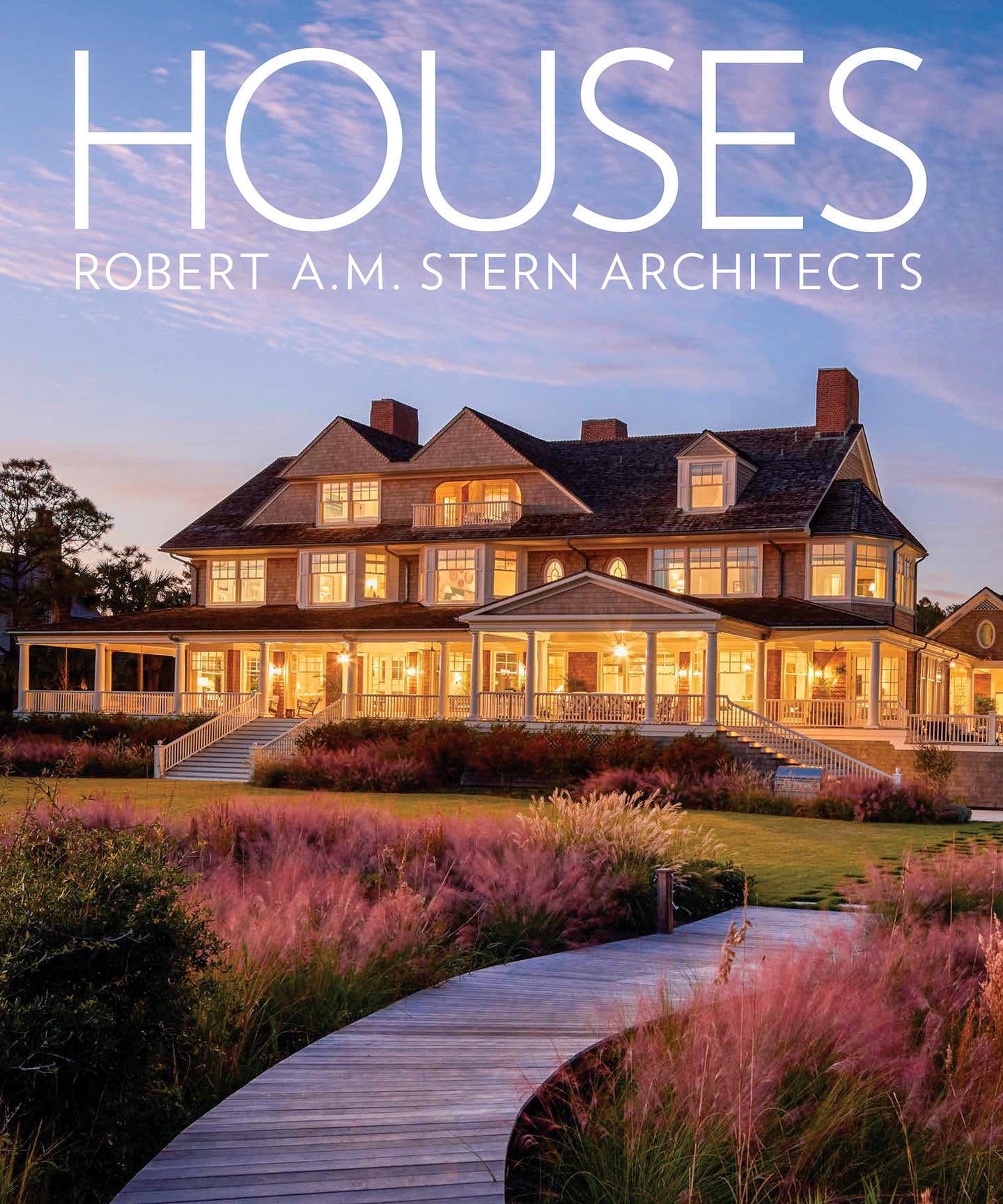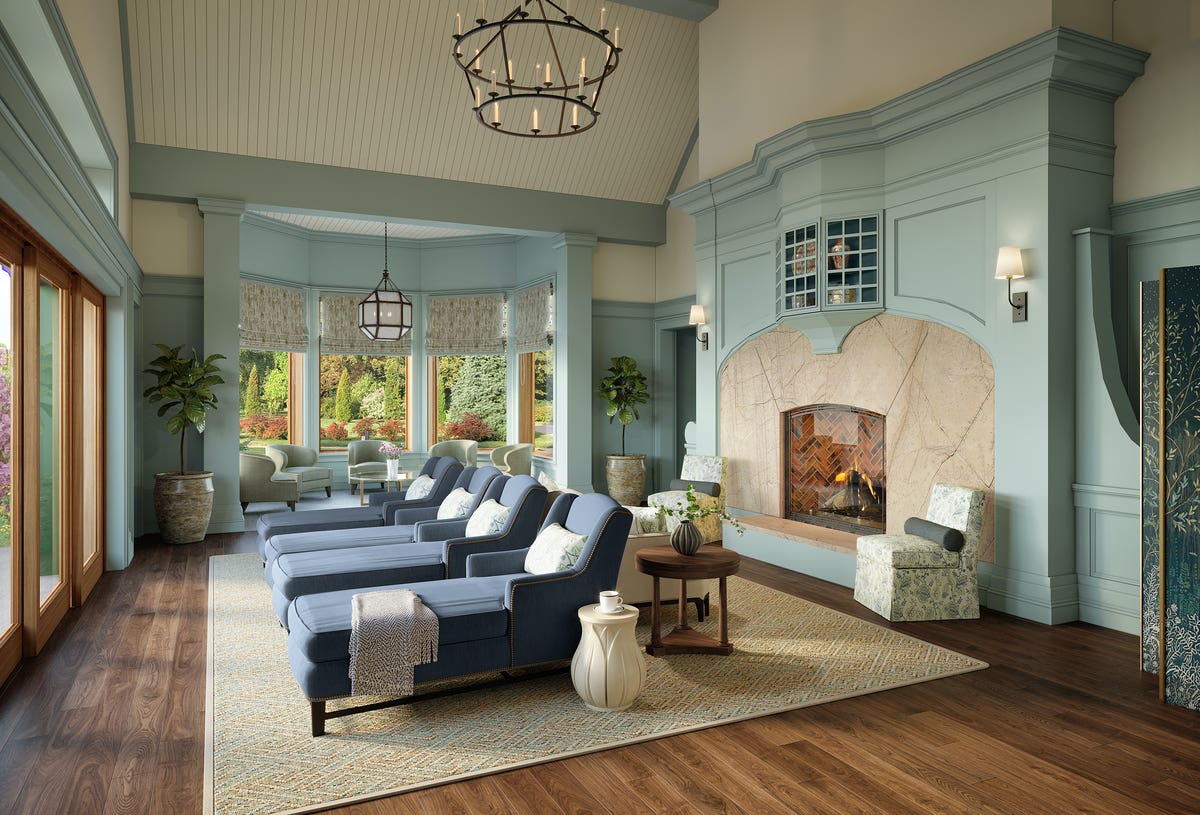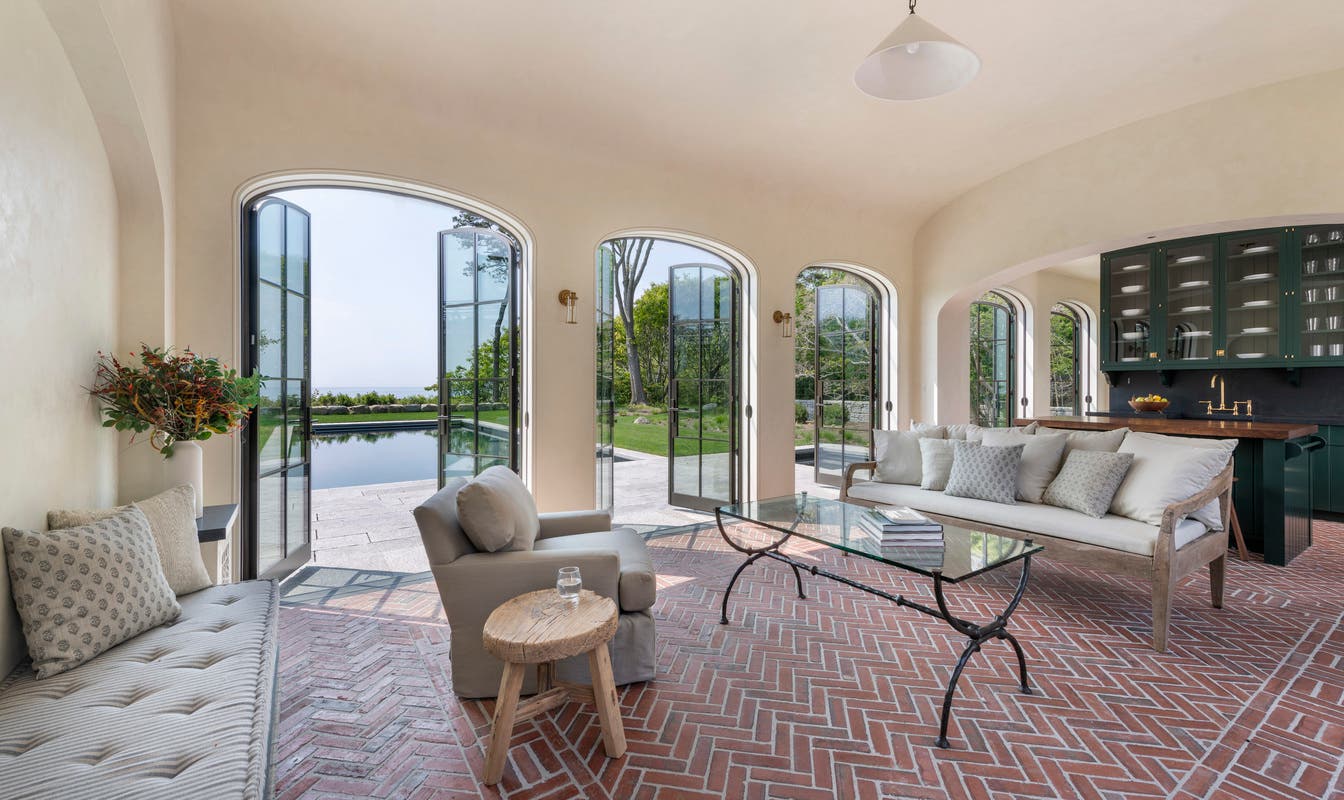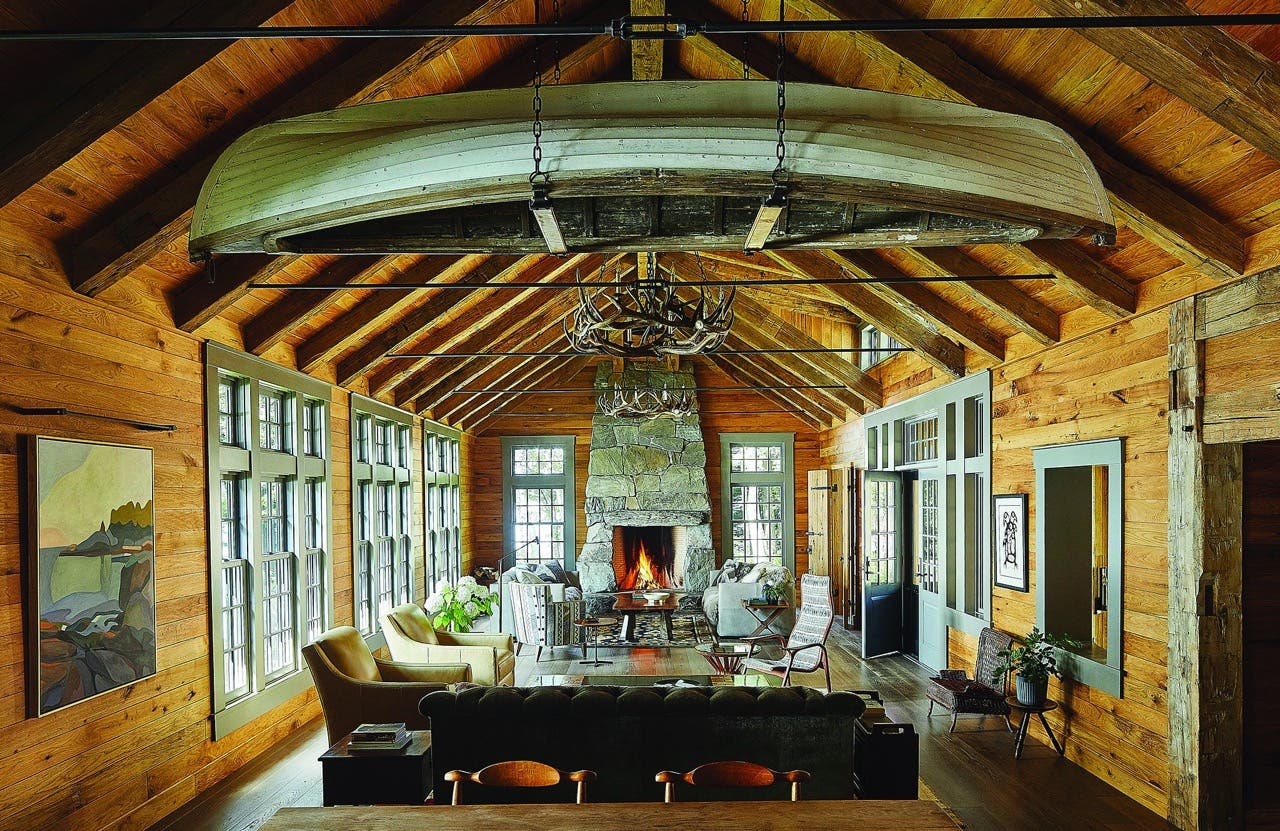
Features
Book Review: Houses by Robert A.M. Stern Architects
As an Amazon Associate, we earn from qualifying purchases made through affiliate links.
Masters of traditional domestic architecture the caliber of Robert A.M. Stern Architects need not publish any further proof of their command. Nonetheless the firm’s latest book HOUSES continues to show how, in the hands of talented designers, established concepts can be put to work in fresh ways. A tour of the last decade’s projects led by partners Roger H Seifter, Randy M. Correll, Grant F. Marani, and Gary L. Brewer, the book is lean on copy but flush with rich color photographs and drawings confirming that, in the words of one partner, “some ideas only get better with time.”
Monacelli Press 2021
424 pages; color
Needless to say, the phrase Shingle style comes up a lot and why not? Stern and company, who have been reaching back into history to “connect the past with the present” since the 1980s, all but singlehandedly recognized the beauty and utility of the 1880s Shingle-style house and how it could satisfy the tastes and lifestyles of the late 20th century. As becoming and beloved as are the strictly classical historic house styles—say Greek Revival or even Georgian Colonial Revival—their rigid geometry can be a reach for the needs of modern homeowners. How to easily expand with a later addition? Where do you hide a mud room? The flexible, asymmetrical, non-style of Shingle offers more opportunities.
Moreover, the heyday of the Shingle-style house overlaps with the rise of what historian Dr. Alan Gowans, writing for Old-House Journal in 1986, explored as the comfortable house in a book of the same name. During this sea change, residential architecture became less a statement of social status or ideology (think early 19th-century Classical Revival Temple houses) and more about fulfilling domestic needs. Houses no longer stood for what they are, but what they’re made to do.
In HOUSES, the partners make no secret of their admiration for the carriage trade architects of a century ago. Wilson Eyre, William Ralph Emerson, Harrie T. Lindeberg, Edwin Lutyens, C.F.A. Voysey, John Calvin Stevens and, of course, McKim, Mead & White, are all invoked along with their pet details. However, this is not mere nostalgia or trotting out the totems of Gilded Age resort architecture. Several of these houses show how the historic architectural vocabulary helps solve some very real 21st century problems, such as storm surges, zoning restrictions on both height and lot, dune preservation, and protected woodlands—all issues that MM&W, themselves prolific channelers of historic architecture, probably couldn’t imagine.
Of the 17 projects, not all are new builds (there’s a clutch of remodelings) or even houses (four are apartments or penthouses). What’s more, the geographic range extends beyond the happy hunting ground of Shingle, the Northeast coast, to Florida, Michigan, California, Virginia, and even Singapore, with an equal diversity of styles from Hollywood Regency to the Black-and-White Bungalows of the orient.
Those still hoping for the second coming of Stanford White, with his tantalizing mix of eclectic materials and Far East influences, will have to wait a little longer. In the meantime, anyone interested in a master class on traditional house design is sure to find HOUSES required reading.
Gordon Bock, co-author of The Vintage House (www.vintagehousebook.com), is an in-demand speaker for courses, seminars, and keynote addresses through www.gordonbock.com.







